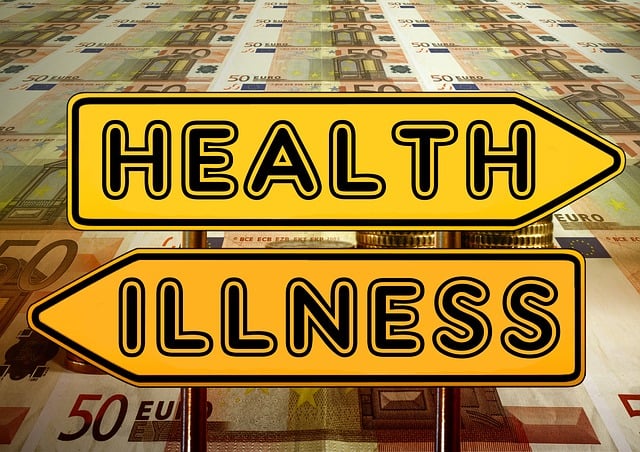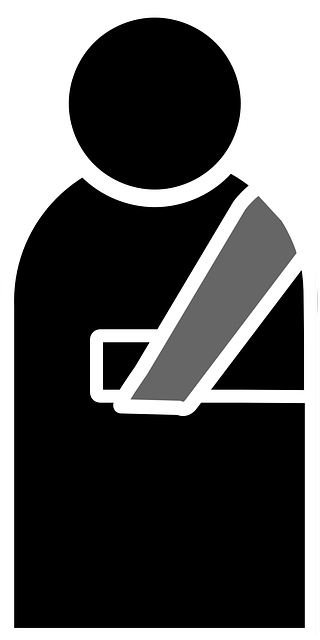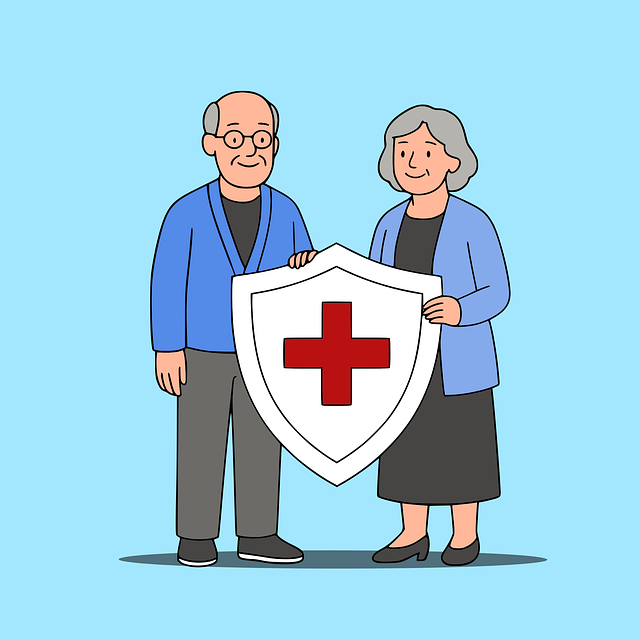Medical Aid vs Health Insurance: Understanding these distinct healthcare coverage options is vital for South Africans. Medical Aid, a tailored network with monthly premiums, focuses on comprehensive care, preventive services, and chronic condition support, while Health Insurance offers simpler access to medical services through deductibles, co-pays, and emergency coverage. Choose based on needs, budget, and preference for routine vs specialist care, considering costs, provider networks, and personal health scenarios like chronic conditions or age-related care requirements.
In South Africa, understanding the nuances between Medical Aid and Health Insurance is crucial for families and individuals seeking quality healthcare. This article offers a comprehensive guide to help you navigate these options effectively. We’ll explore ‘Understanding Medical Aid’, ‘Decoding Health Insurance’, their key differences, and essential factors in making an informed choice. Through real-life case studies, we’ll demonstrate the practical implications of each plan’s coverage and benefits, empowering you to select the best option for your healthcare needs.
- Understanding Medical Aid: A Comprehensive Overview for South Africans
- Decoding Health Insurance: Features and Benefits for Individuals and Families
- Key Differences Between Medical Aid and Health Insurance Plans
- Factors to Consider When Choosing Between Medical Aid and Health Insurance
- Case Studies: Real-Life Scenarios of Successful Claims and Coverage
Understanding Medical Aid: A Comprehensive Overview for South Africans

Medical Aid, a cornerstone of healthcare in South Africa, offers a comprehensive package designed to cater to a wide range of medical needs. It’s more than just insurance; it’s a network of healthcare providers and services tailored to members’ specific requirements. Members contribute to the scheme through monthly premiums, ensuring access to various benefits, including hospital stays, specialist consultations, medication, and preventive care. The system encourages proactive health management, with many plans incorporating wellness programmes and incentives for regular check-ups.
Unlike Health Insurance, which primarily focuses on covering unexpected medical expenses, Medical Aid takes a more holistic approach. It provides ongoing support, focusing on disease prevention and chronic condition management. This includes access to specialist clinics, diagnostic services, and treatment options that might not be fully covered by standard insurance policies. Understanding these distinctions is crucial when choosing between Medical Aid and Health Insurance, especially for South African families aiming to secure optimal healthcare.
Decoding Health Insurance: Features and Benefits for Individuals and Families

Understanding health insurance is crucial when navigating Medical Aid vs Health Insurance for South African individuals and families. Unlike medical aid, which often involves complex structures and specific benefits, health insurance offers a simpler approach to covering healthcare costs. It provides policyholders with peace of mind by ensuring access to medical services through a network of hospitals and doctors.
Key features include out-of-pocket expenses like deductibles and co-payments, which vary depending on the plan chosen. Benefits may cover routine check-ups, specialist consultations, hospital stays, and even certain preventive care measures. Some policies also offer additional perks such as telemedicine services, wellness programs, and discounts on prescribed medications. This flexibility allows individuals to select plans tailored to their specific needs and budgets.
Key Differences Between Medical Aid and Health Insurance Plans

When it comes to understanding Medical Aid vs Health Insurance, it’s crucial to recognize their distinct characteristics. Medical Aid is a long-term savings plan that focuses on providing members with access to a network of healthcare providers, often at preferred rates. It encourages preventive care and usually includes a contribution towards major medical expenses like hospital stays and surgeries.
On the other hand, Health Insurance is typically a short-term policy designed to cover specific medical events or conditions. It offers financial protection against unforeseen medical bills but may not include all the benefits of Medical Aid, such as regular check-ups or specialist consultations. Health Insurance policies often have deductibles and co-pays that policyholders must pay out of pocket before insurance covers the rest.
Factors to Consider When Choosing Between Medical Aid and Health Insurance

When deciding between Medical Aid and Health Insurance, several factors come into play, each with its own implications for South African families and individuals. Firstly, understanding the coverage differences is key. Medical Aid typically offers a broader range of services, including routine check-ups, specialist consultations, and inpatient care, often with a focus on preventive healthcare. In contrast, health insurance usually covers emergency medical services and hospitalisation, leaving out many routine procedures.
Another crucial consideration is cost. Medical Aid schemes often have monthly contributions that can vary widely based on the level of cover chosen, while health insurance policies may involve deductibles and co-payments in addition to premium payments. It’s essential to balance these financial aspects against the specific healthcare needs and budget constraints of the individual or family. Additionally, evaluating the network of service providers and the claims settlement processes of each option can significantly impact accessibility and convenience.
Case Studies: Real-Life Scenarios of Successful Claims and Coverage

In real-life scenarios, understanding the nuances between medical aid and health insurance becomes critical when navigating unexpected health events. Let’s look at two case studies to highlight successful claims and coverage under each option in South Africa.
Case Study 1: A young family with a child suffering from a chronic condition found solace in Medical Aid. The pre-existing condition clause did not disqualify them, and the plan covered extensive treatment, medication, and regular check-ups, ensuring peace of mind. In contrast, health insurance, often structured as a pay-as-you-go scheme, might have imposed significant out-of-pocket expenses for this family, making long-term coverage less feasible. Case Study 2: An elderly individual, previously uninsured, opted for a comprehensive health insurance plan during retirement. This enabled him to access specialized care for age-related conditions without the financial burden often associated with medical aid. The insurance plan covered hospital stays, specialist consultations, and even home nursing, ensuring his well-being during this life stage. These examples illustrate how each option excels in different scenarios, underscoring the importance of choosing between Medical Aid and Health Insurance based on individual needs, age, pre-existing conditions, and financial considerations.
When deciding between medical aid and health insurance in South Africa, understanding your specific healthcare needs and financial situation is key. Both options offer valuable coverage, but they differ significantly in terms of structure, benefits, and eligibility criteria. By carefully considering factors like cost, network providers, and the scope of cover, individuals and families can make an informed choice that best suits their unique circumstances. Ultimately, choosing between medical aid and health insurance depends on personal preferences and priorities, ensuring access to quality healthcare while managing expenses effectively.

